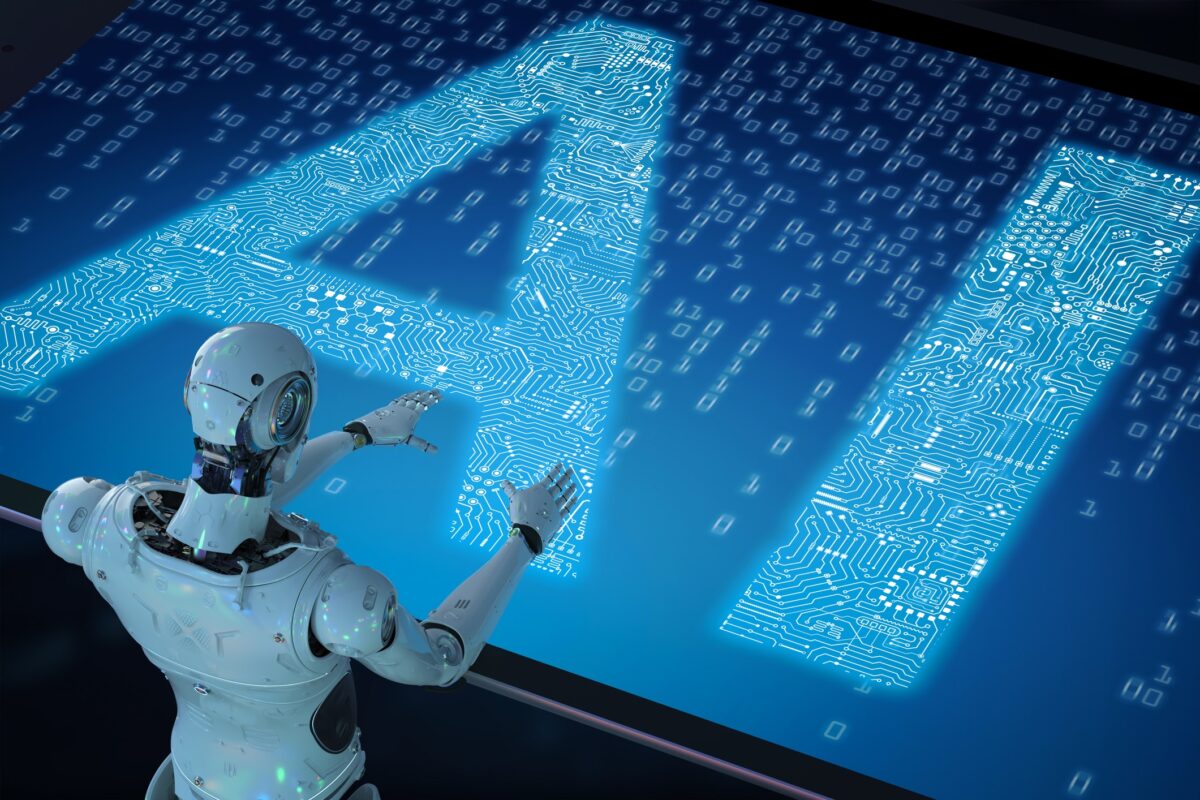

KATHMANDU: The proliferation of generative AI has fundamentally shifted the technological landscape from a niche domain to a ubiquitous layer of professional and academic workflows. The current generation of AI tools is defined not by novelty, but by seamless integration and a demonstrable capacity for augmenting human intellect and productivity.
The primary frontier in this space is defined by Large Language Models (LLMs), such as OpenAI’s ChatGPT and Google’s Gemini. These platforms, grounded in sophisticated neural network architectures, are no longer mere chatbots but serve as versatile instruments for information synthesis and content generation. Their utility extends beyond simple query-response to advanced tasks like code debugging, scholarly literature review, and the rapid prototyping of technical documentation, effectively offloading cognitive overhead associated with foundational tasks.
Concurrently, the maturation of multimodal AI has catalyzed a creative paradigm shift. Tools like Midjourney and DALL-E allow for the direct synthesis of visual artifacts from natural language prompts, bypassing traditional skill barriers in graphic design and concept art. Similarly, Adobe’s Firefly and other platform-native integrations embed this generative capability directly into established professional suites, optimizing creative workflows by reducing iteration cycles and accelerating idea-to-asset conversion.
The value proposition of these tools is not merely to perform tasks, but to enhance and accelerate human performance. This is evidenced by their role in streamlining rote processes—from data summarization and email composition to the automated generation of code and reports. This strategic adoption allows professionals to redirect their intellectual capital from repetitive tasks to higher-order problem-solving, strategic planning, and creative endeavors.
In essence, these AI tools signify a transition from simple automation to cognitive augmentation. Their current popularity is a direct function of their ability to provide tangible gains in efficiency and creativity, thereby proving their utility not as futuristic concepts, but as essential components of contemporary intellectual and professional work.